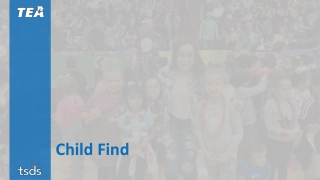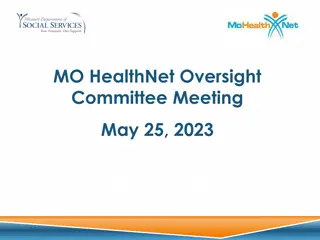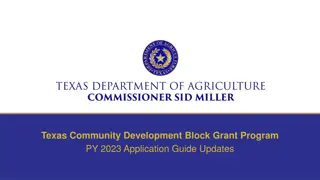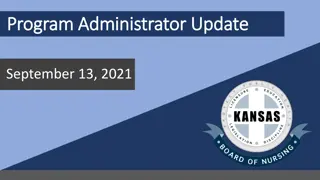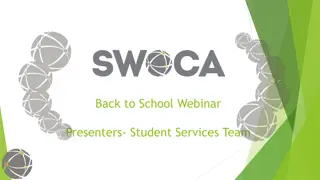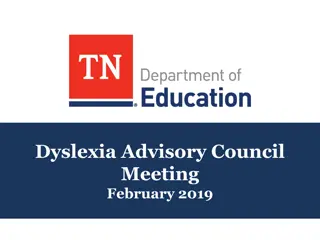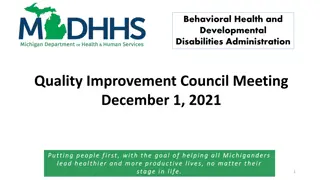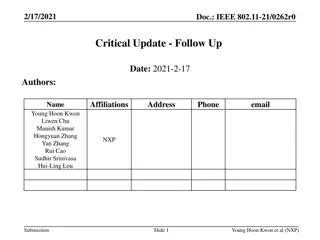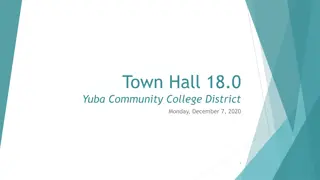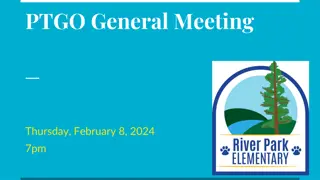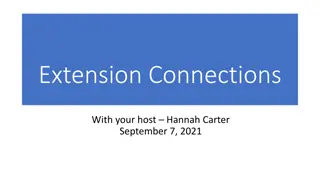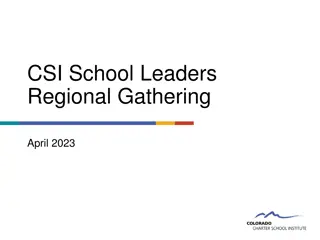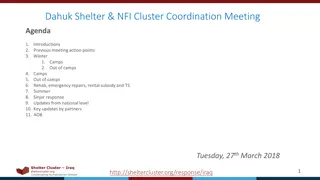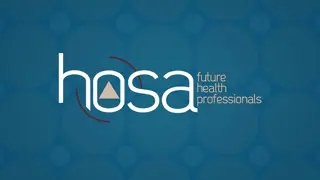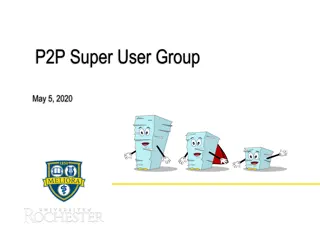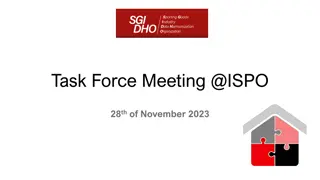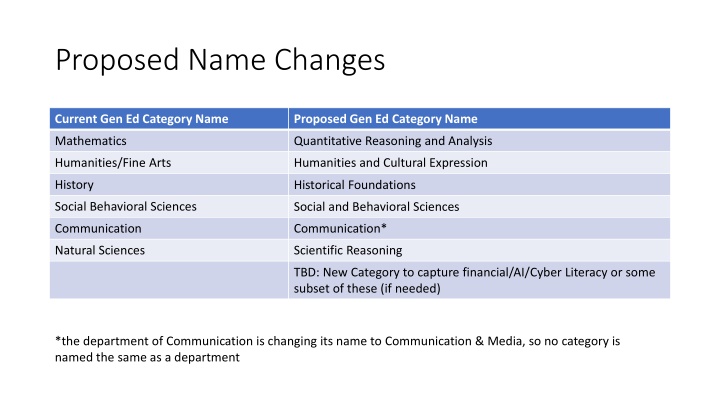
Enhanced Academic Categories for Comprehensive Student Learning
Explore the redefined categories of Mathematics, Humanities & Cultural Expression, Historical Foundations, and more. Dive into Quantitative Reasoning & Analysis, enrich your understanding of societal behaviors, and embrace the evolution towards financial/AI literacy. Student learning outcomes focus on problem-solving, cultural interpretation, and historical analysis to foster critical thinking and communication skills.
Download Presentation

Please find below an Image/Link to download the presentation.
The content on the website is provided AS IS for your information and personal use only. It may not be sold, licensed, or shared on other websites without obtaining consent from the author. If you encounter any issues during the download, it is possible that the publisher has removed the file from their server.
You are allowed to download the files provided on this website for personal or commercial use, subject to the condition that they are used lawfully. All files are the property of their respective owners.
The content on the website is provided AS IS for your information and personal use only. It may not be sold, licensed, or shared on other websites without obtaining consent from the author.
E N D
Presentation Transcript
Proposed Name Changes Current Gen Ed Category Name Proposed Gen Ed Category Name Mathematics Quantitative Reasoning and Analysis Humanities/Fine Arts Humanities and Cultural Expression History Historical Foundations Social Behavioral Sciences Social and Behavioral Sciences Communication Communication* Natural Sciences Scientific Reasoning TBD: New Category to capture financial/AI/Cyber Literacy or some subset of these (if needed) *the department of Communication is changing its name to Communication & Media, so no category is named the same as a department
Quantitative Reasoning & Analysis
Student Learning Outcomes All courses in this category must meet 3 of the 5 student learning outcomes listed below. Develop persistence in problem solving and skills in mathematics, computational reasoning, and/or statistical analysis. Use mathematical abstraction, computation, and/or logic to solve problems, check answers for reasonableness, and communicate reasoning and results. Interpret mathematical models or quantitative data from formulas, graphs, and/or tables and draw inferences from that information. Develop an informed skepticism about claims, an ability to judge the validity of arguments, and an understanding of the difference between correlation and causation. Understand statistical inference and demonstrate fundamental knowledge of methods for evaluating claims based on data.
Humanities & Cultural Expression
Student Learning Outcomes All courses in this category must meet 4 of the 6 student learning outcomes listed below. Students will interpret forms of cultural expression within multiple historical, intellectual, and cultural contexts. Students will learn how cultural expression contributes to the development of self and society. Students will explore global/cultural/and-or linguistic variety and the diverse perspectives it represents. Students will apply critical and analytical methodologies of the Humanities and/or Fine Arts to interpret texts, media, and cultural artifacts. Students will frame a comparative context through which they can critically assess the ideas, forces, and values that have created the modern world. Students will communicate in more than one language.
Student Learning Outcomes All courses in this category must meet 4 of the 6 student learning outcomes listed below. Analyze historical facts and interpretations. Analyze and compare political, geographic, economic, social, cultural, religious, and intellectual institutions, structures, and processes across a range of historical periods and cultures. Recognize and articulate the diversity of human experience across a range of historical periods and the complexities of a global culture and society. Draw on historical perspective to evaluate contemporary problems/issues. Analyze the contributions of past cultures/societies to the contemporary world. Students will demonstrate an understanding of the importance of civil discourse and participating as well-informed citizens in a diverse and global society.
Student Learning Outcomes All courses in this category must meet 4 of the 8 student learning outcomes listed below. Recognize, describe, and explain social institutions, structures, and processes and the complexities of a global culture and diverse society. Think critically about how individuals are influenced by political, geographic, economic, cultural, and family institutions in their own and other diverse cultures and explain how one's own belief system may differ from others. Explore the relationship between the individual and society as it affects the personal behavior, social development, and quality of life of the individual, the family and the community. Examine the impact of behavioral and social scientific research on major contemporary issues and their disciplines' effects on individuals and society. Using the most appropriate principles, methods, and technologies, perceptively and objectively gather, analyze, and present social and behavioral science research data, draw logical conclusions, and apply those conclusions to one's life and society. Take ethical stands based on appropriate research in the social and behavioral sciences. Analyze and communicate the values and processes that are used to formulate theories regarding the social context of individual human behavior in the social and behavioral sciences. Students will demonstrate an understanding of the importance of civil discourse and participating as well-informed citizens in a diverse and global society.
Student Learning Outcomes All courses in this category must meet all 4 of the student learning outcomes listed below. 1. Construct focused, well-reasoned arguments that reflect an awareness of situations, perspectives, purposes, and audiences. 2. Use traditional and digital strategies to demonstrate effective communication skills (written, oral, visual) in relation to specific rhetorical tasks. 3. Demonstrate the understanding that writing and/or speaking processes include planning, organizing, composing, revising, editing, and sharing through traditional and digital communication (written, oral, visual). 4. Synthesize theoretical and practical knowledge to think critically, solve problems, make distinctions, make decisions, and communicate effectively with audiences.
Student Learning Outcomes All courses in this category must meet all 5 of the student learning outcomes listed below. 1. Formulate an evidence-based and testable scientific hypothesis about a natural phenomenon or system, conduct a controlled experimental investigation to address a scientific hypothesis, collect and analyze data, and interpret the results in context. 2. Use established scientific ideas and language to construct a well-reasoned explanation for why a phenomenon occurred as it did, or to predict the outcome of a future investigation. 3. Communicate scientific ideas in a variety of formats; depending on context these could be oral, written, diagrammatic, physical model, or algebraic. 4. Analyze and discuss the impact of scientific discovery on human thought and behavior and understand that the scientific process is a human endeavor that has inherent uncertainty that can be quantified. 5. Apply unifying principles of science and the scientific method to problems or issues of a scientific nature and contrast them to non-scientific explanations.
Financial/Digital Literacy **still being worked on**
Financial Literacy General Plan: digital badge with no credit hour requirement, tailored to different stages of student progress Student Learning Objectives: Understand the basic elements of personal finance, including earning income, spending (budgeting), saving, investing, managing credit, and managing risk. Understand the relationship between personal attitudes/behaviors and lifelong financial wellness. Evaluate their financial wellness status and habits and seek advice and education from appropriate sources as needed. Implement strategies to improve their financial wellness.
AI/Cyber Literacy Understanding AI: Students will be able to explain fundamental concepts of artificial intelligence, including rule-based vs. machine learning, neural networks/deep learning, and big data concepts Critical Evaluation of AI: Students will understand and critically evaluate the ethical implications of AI technologies, discussing issues such as trustworthiness of AI, bias, privacy, explainability/interpretability, and the societal impact of automation. Awareness of AI in Society: Students will assess the role of AI in various industries/application areas, recognizing both opportunities and challenges posed by its use.
AI/Cyber Literacy Understanding Cybersecurity Fundamentals: Students will be able to define key cybersecurity concepts, including threat types, vulnerabilities, and the principles of confidentiality, integrity, and availability. (accountability) Safe Online Practices: Students will demonstrate the ability to identify and apply safe online practices, such as strong password creation, recognizing phishing attempts, and understanding the importance of software updates. Ethics of Technology in Society: combo of AI and cyber (and could be broader) opportunities, treats, vulnerabilities, challenges (trust, bias, privacy, usability, accessibility, understandability)

